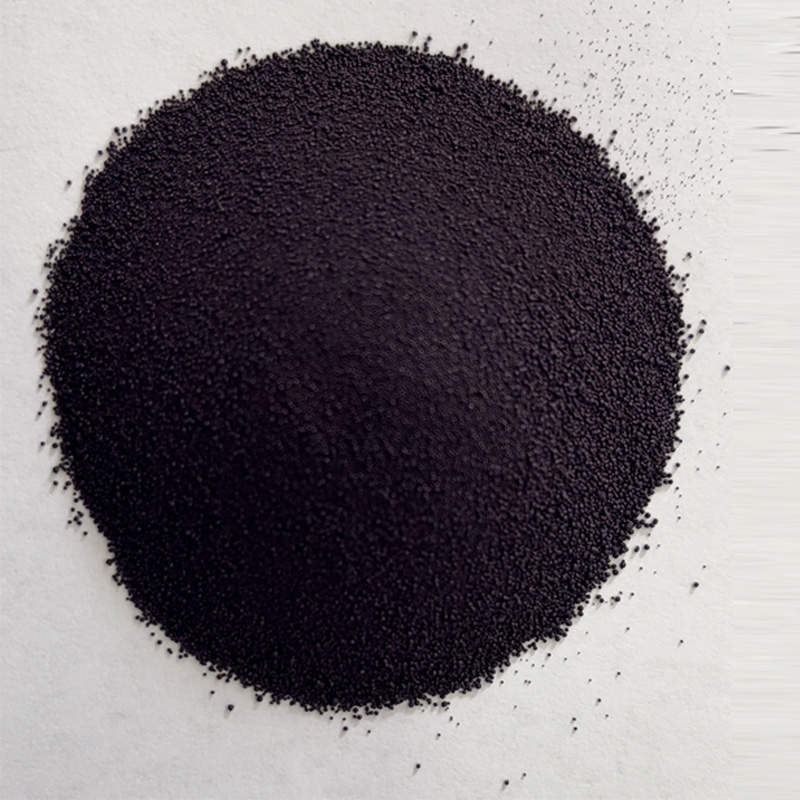Understanding the Properties and Applications of ODM Sulphur Black 2BR in Various Industries
Understanding ODM Sulphur Black 2BR A Comprehensive Overview
ODM Sulphur Black 2BR is a popular dye widely utilized in the textile industry, particularly for dyeing cotton and other cellulosic fibers. Its unique properties and versatility make it one of the preferred choices among manufacturers and designers alike. This article delves into the characteristics, applications, advantages, and environmental considerations of ODM Sulphur Black 2BR.
Chemical Characteristics
Sulphur Black dyes are known for their distinctive chemical structure, which allows for significant bonding with cellulose fibers. ODM Sulphur Black 2BR is specifically formulated to provide deep black coloration while maintaining superb lightfastness and wash fastness. Its molecular structure facilitates its solubility in alkaline conditions, enabling the dye to penetrate fibers effectively during the application process. These properties contribute to the dye's popularity in producing dark shades required in various textile products.
Applications in Textiles
The applications of ODM Sulphur Black 2BR extend far beyond simple dyeing processes. It is predominantly employed in dyeing cotton fabrics, such as denim, twill, and canvas. The deep black coloration it achieves is ideal for garments that require a strong, vibrant aesthetic, such as workwear and fashion items. In addition to cotton, this dye can also be used on other cellulosic fibers, providing manufacturers with flexibility in their production processes.
Moreover, ODM Sulphur Black 2BR is suitable for both batch and continuous dyeing methods, making it a versatile choice for various production scales. The dye can also be used in printing applications, offering an opportunity for designers to create intricate patterns and designs while maintaining rich black tones.
Advantages of ODM Sulphur Black 2BR
odm sulphur black 2br

One of the primary advantages of ODM Sulphur Black 2BR is its excellent fastness properties. Fabrics dyed with this dye exhibit remarkable resistance to fading, ensuring that garments retain their color even after multiple washes. Additionally, the dye's affordability compared to other black dyes makes it an attractive option for manufacturers looking to reduce costs without compromising quality.
Furthermore, ODM Sulphur Black 2BR has a relatively low environmental impact compared to other dyeing agents. Its application process requires fewer harmful chemicals, reflecting a growing trend towards sustainable practices within the textile industry. However, it is essential to note that proper treatment of wastewater is necessary to minimize any potential pollution issues.
Environmental Considerations
While ODM Sulphur Black 2BR presents several benefits, the environmental concerns surrounding the use of dyes cannot be overlooked. Sulphur-based dyes can sometimes release harmful substances during production and application. Therefore, the textile industry is increasingly focusing on implementing eco-friendly practices to mitigate these impacts. This includes the adoption of closed-loop systems, which recycle water and minimize waste while ensuring compliance with stringent environmental regulations.
Moreover, manufacturers are encouraged to use effluent treatment plants to treat wastewater before releasing it into the environment. This proactive approach not only safeguards ecosystems but also enhances the overall sustainability of the textile production process.
Conclusion
In summary, ODM Sulphur Black 2BR is a vital player in the textile dyeing landscape, celebrated for its deep black shades and robust fastness properties. Its versatility across different fibers and applications, coupled with its cost-effectiveness, positions this dye as a staple in the industry. As discussions surrounding sustainability continue to gain traction, it is crucial for manufacturers to adopt environmentally responsible practices that ensure a balance between production efficiency and ecological preservation. Through such efforts, the textile industry can continue to thrive while also honoring its commitment to a sustainable future.
-
The Timeless Art of Denim Indigo Dye
NewsJul.01,2025
-
The Rise of Sulfur Dyed Denim
NewsJul.01,2025
-
The Rich Revival of the Best Indigo Dye
NewsJul.01,2025
-
The Enduring Strength of Sulphur Black
NewsJul.01,2025
-
The Ancient Art of Chinese Indigo Dye
NewsJul.01,2025
-
Industry Power of Indigo
NewsJul.01,2025
-
Black Sulfur is Leading the Next Wave
NewsJul.01,2025

Sulphur Black
1.Name: sulphur black; Sulfur Black; Sulphur Black 1;
2.Structure formula:
3.Molecule formula: C6H4N2O5
4.CAS No.: 1326-82-5
5.HS code: 32041911
6.Product specification:Appearance:black phosphorus flakes; black liquid

Bromo Indigo; Vat Bromo-Indigo; C.I.Vat Blue 5
1.Name: Bromo indigo; Vat bromo-indigo; C.I.Vat blue 5;
2.Structure formula:
3.Molecule formula: C16H6Br4N2O2
4.CAS No.: 2475-31-2
5.HS code: 3204151000 6.Major usage and instruction: Be mainly used to dye cotton fabrics.

Indigo Blue Vat Blue
1.Name: indigo blue,vat blue 1,
2.Structure formula:
3.Molecule formula: C16H10N2O2
4.. CAS No.: 482-89-3
5.Molecule weight: 262.62
6.HS code: 3204151000
7.Major usage and instruction: Be mainly used to dye cotton fabrics.

